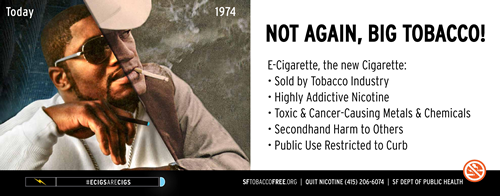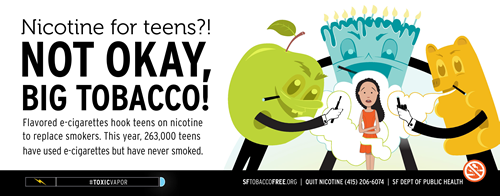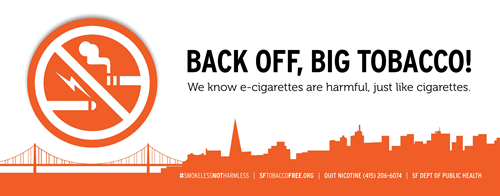January 13, 2015
In December 2014, the Shasta California County Board of Supervisors moved to amend its smokefree law to add e-cigarettes to the list of covered tobacco products. Prior to the public hearing on Tuesday, December 16, a member of Nor Cal Vape sent the Board of Supervisors a report entitled Smoking Ordinances and Electronic Cigarettes prepared by Wisconsin Smoke-Free Alternatives Coalition with help from the e-cigarette advocacy group Consumer Advocates for Smoke-free Alternatives Association (CASAA) arguing against including e-cigarettes in the county’s ordinance.
The Board unanimously voted (5-0) to amend its comprehensive clean indoor air ordinance to include electronic cigarettes.
Since the arguments in this booklet are likely to appear elsewhere, Rachel Barry, a member of my research team, and I have prepared an analysis of the claims it makes.
"Most of the information provided to lawmakers is from special interests that have a clear agenda against tobacco harm reduction policies."
January 12, 2015
The American Cancer Society has clearly hit a nerve of e-cigarette/tobacco interests by working to block industry Trojan Horse bills that use nominal restrictions on e-cigarette sales to kids to get industry-friendly definitions of e-cigarettes written into law that make it harder to regulate use of and tax e-cigarettes.
The most recent evidence that ACS is doing the right thing is a broadly worded attack in a blog published on The Hill, which is read by DC insiders, by the American Council on Science and Health's Gilbert Ross. Ross complains that, “The American Cancer Society’s Cancer Action Network’s roams the country to wherever a bill is proposed that would ban the sale of ecigs to minors — if such a bill also carves out a non-tobacco-product status for them.”
January 10, 2015
January 9, 2015
Governor Jerry Brown, who has carefully cultivated his image as a frugal fiscal disciplinarian. just released his budget where he continues to scold UC and CSU for being wasteful rather than accepting the reality that it costs money to provide high quality affordable higher education.
At the November 19, 2014 Regents’ meeting he said he was going to deliberately underfund UC to force the Regents to make big changes “because it is so hard to work change in complex institutions, often time the pressure of not having enough money can force creativity that otherwise can’t even be considered. I know the State, when we had a $27 billion deficit; we had to make changes, and not just cuts, but changes in the way that we do business.”
But who has been the real miser over the years?
In his first post-Schwarzenegger budget, Brown reversed Governor Schwarzenegger’s tripling of the Governor’s office budget. The Governor’s office’s budget was $7.8 million in Governor Davis’s last budget in inflation adjusted dollars (before Schwarzenegger boosted it to $23 million in his first year), and Governor Brown spent $8.4 million on that office in his first budget.
January 8, 2015
The City and County of San Francisco has joined the State of Alaska in mounting a public education campaign on e-cigarettes.
The campaign includes ads on the sides of over 130 San Francisco (Muni ) buses as well as over 130 BART/Muni station railside wall ads, and 750 cards on the interior of buses where riders can see them while they stand/sit and commute.
) buses as well as over 130 BART/Muni station railside wall ads, and 750 cards on the interior of buses where riders can see them while they stand/sit and commute.
Several of the ads are in Chinese and Spanish to reach a larger segment of San Francisco’s diverse population.

